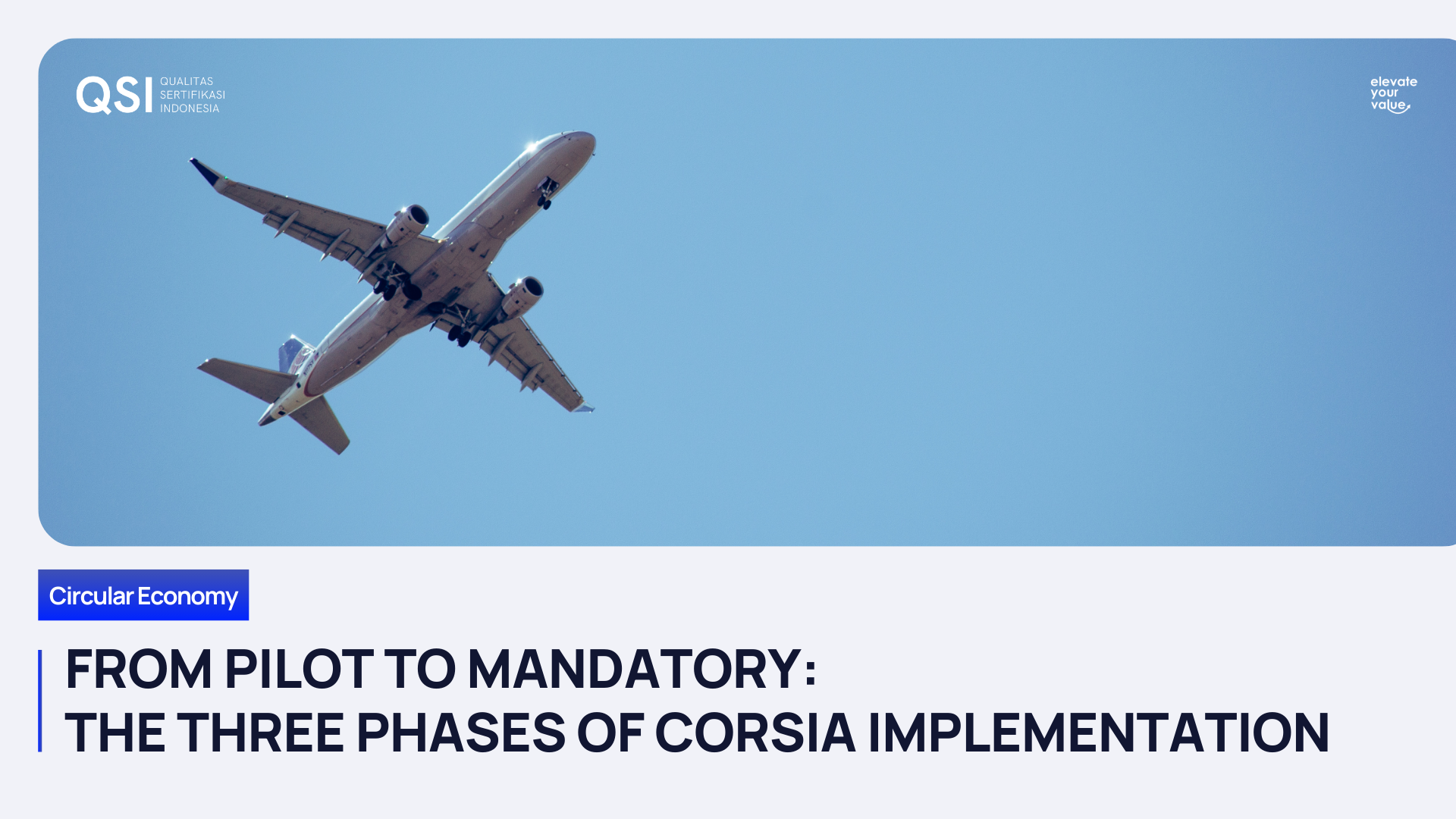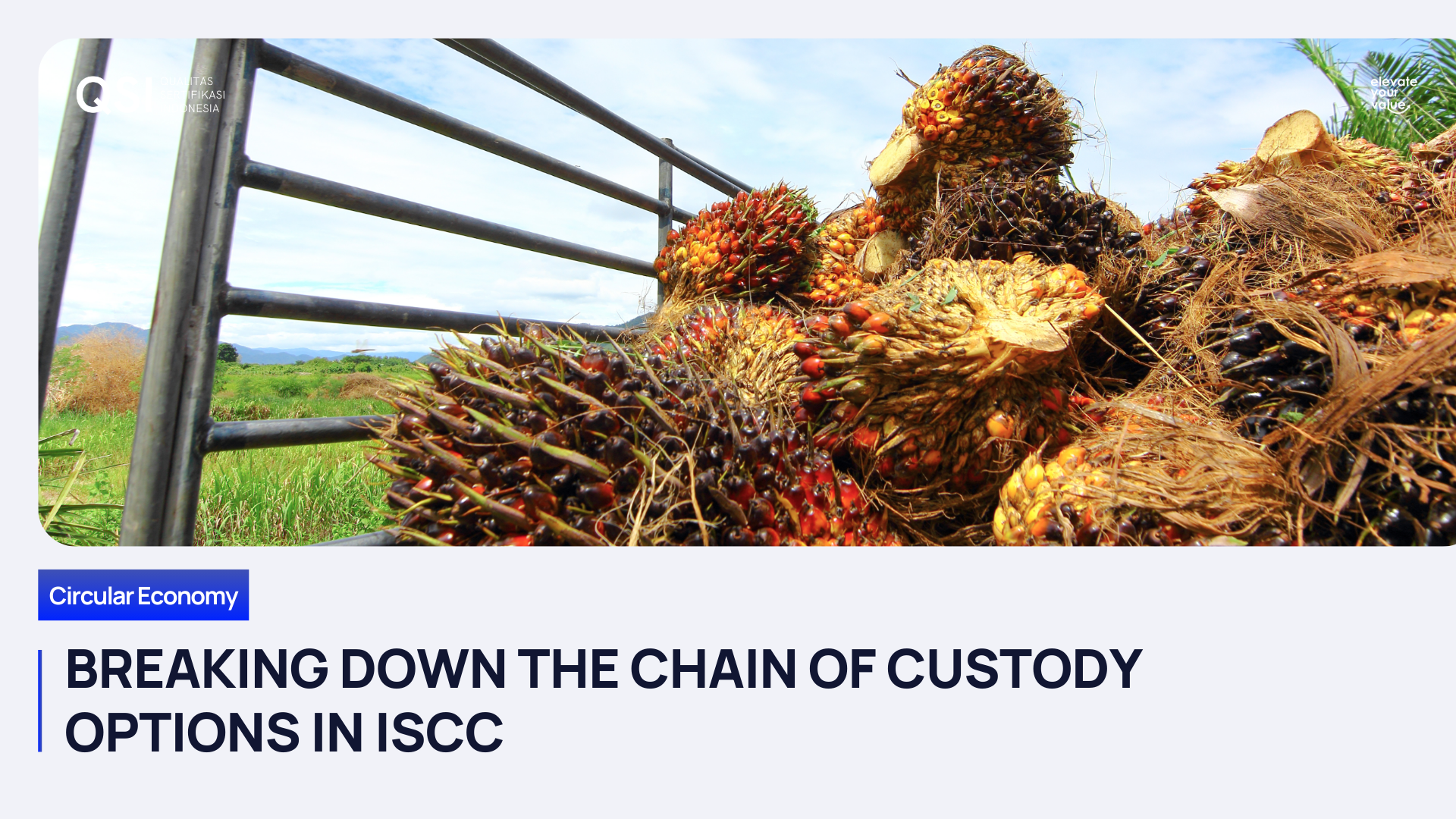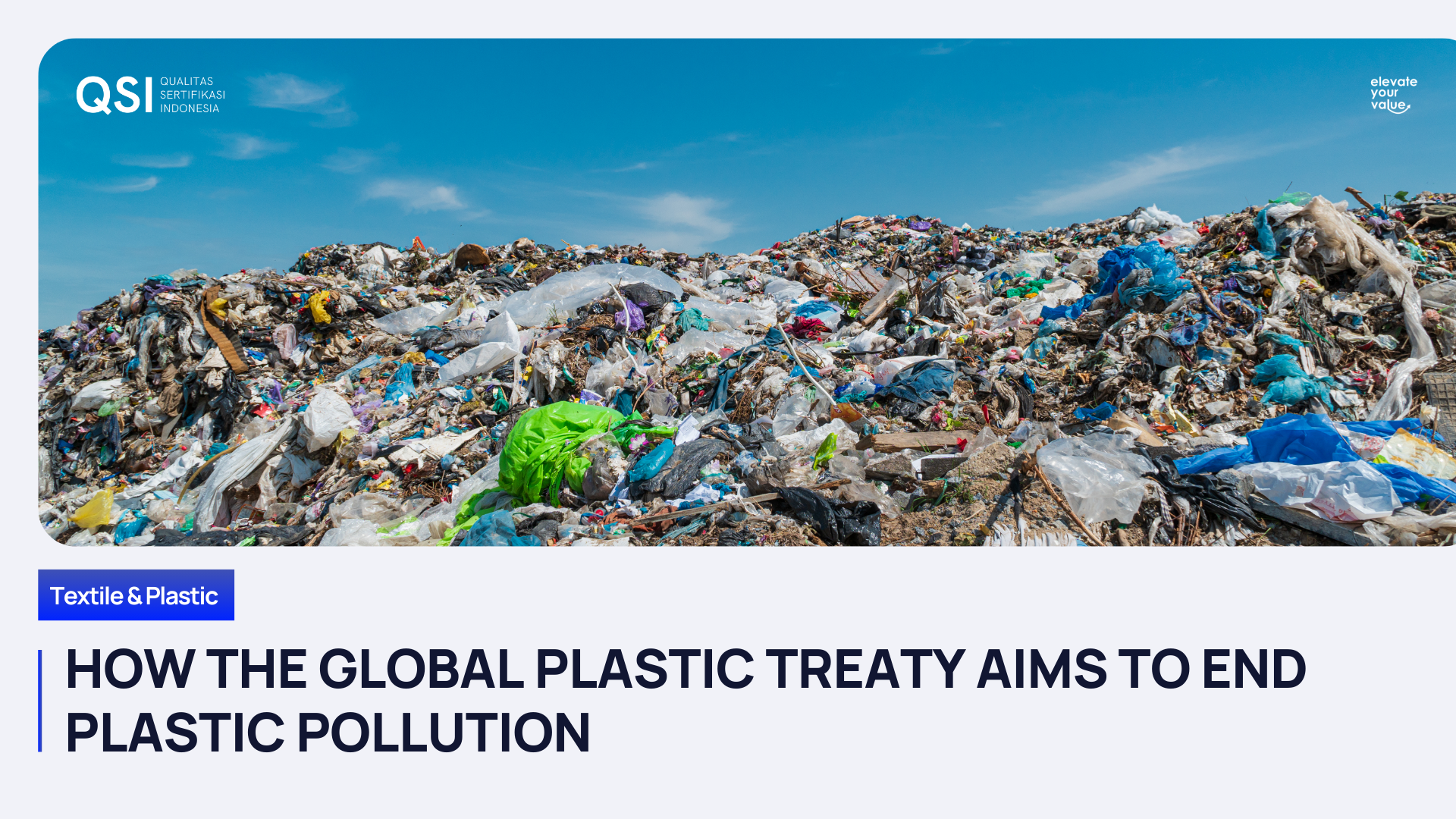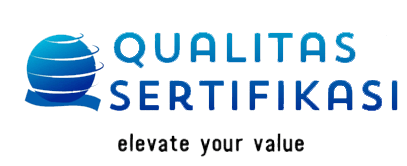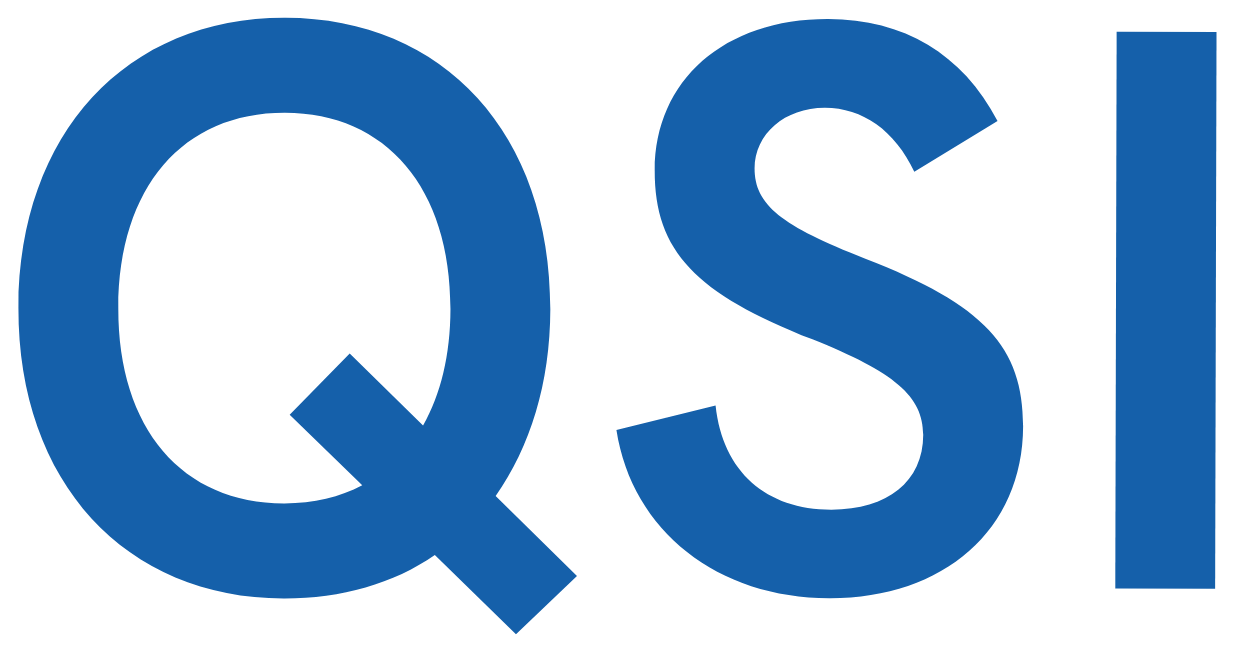Seberapa Relate SVLK dengan Kehidupan Saat Ini?
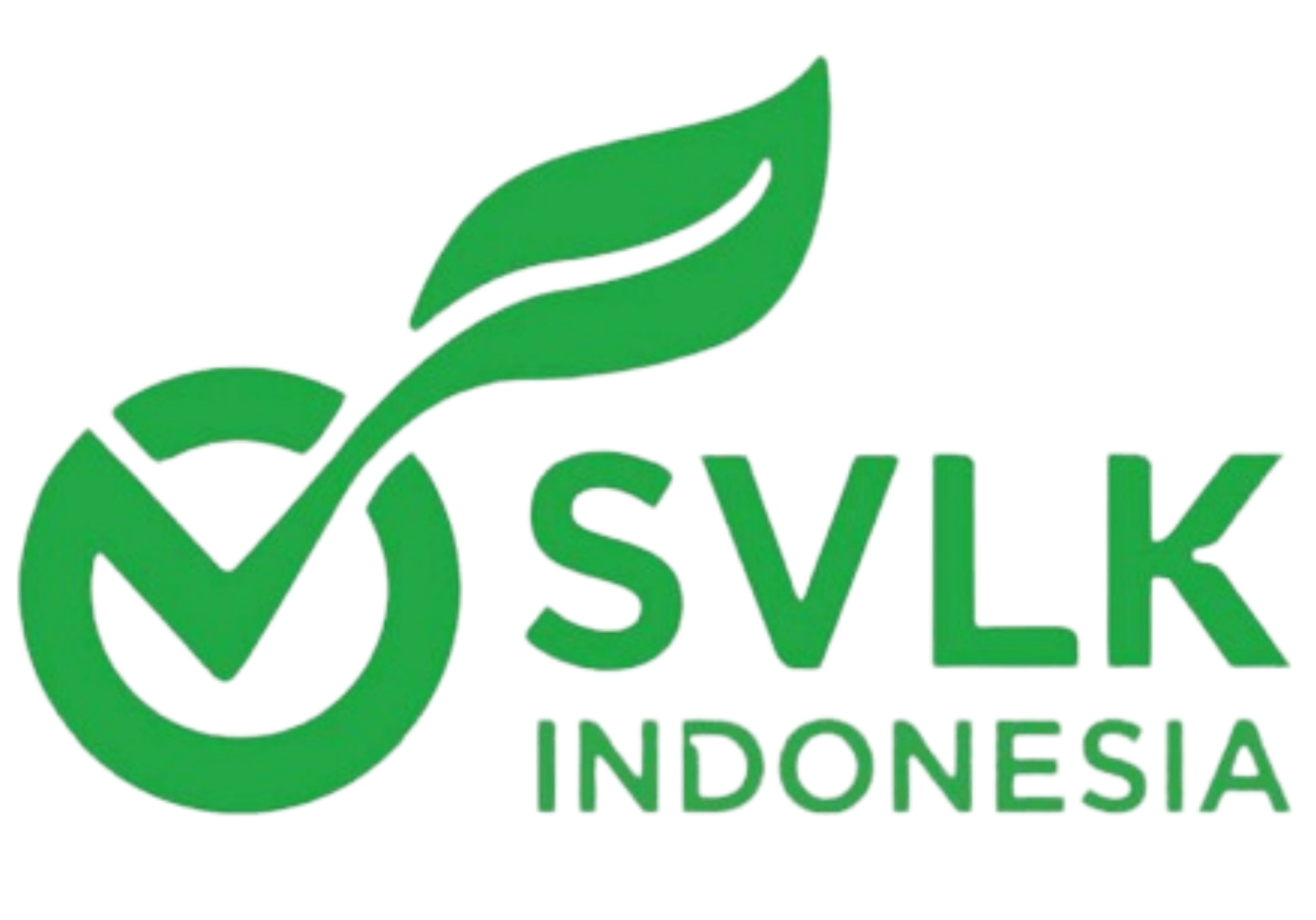
Di rumah, kantor, kafe, maupun restoran, seberapa sering kita melihat furnitur atau hiasan interior yang menggunakan kayu? Pasti sering banget dong ya. Kayu, baik bentuk utuh maupun olahan, masih menjadi hal yang sangat dibutuhkan dan erat dengan kehidupan sehari-hari.
Di Indonesia, berdasarkan data tahun 2021, Produksi Domestik Bruto (PDB) industri kayu, barang dari kayu Atas Dasar Harga Berlaku (ADHB) sebesar Rp 72,89 triliun. Nilai ini ternyata menyumbang 2,6 persen dari PDB industri pengolahan non-migas. Bukan cuma itu, volume ekspor industri kayu di tahun yang sama tumbuh 21,88 persen atau senilai 5,98 juta ton, dibandingkan tahun sebelumnya yang hanya 4,9 juta ton.
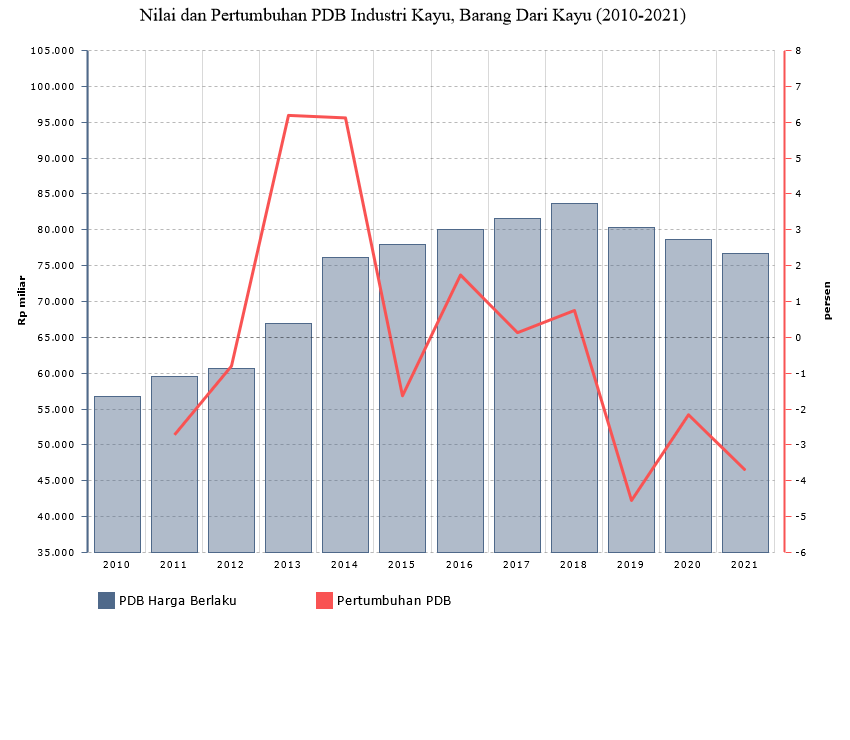
Dengan nilai produksi tersebut, sebetulnya gimana sih kondisi hutan kita? Berdasarkan data dari Kementerian Lingkungan Hidup dan Kehutanan (KLHK) RI 2021, luas kawasan hutan di daratan Indonesia ini sebesar 120,4 juta hektar. Dengan rincian hutan konservasi 27,4 juta hektar, hutan lindung 29,7 juta hektar, hutan produksi 68,8 juta hektar dan sisanya areal penggunaan lain. Sementara itu, data deforestasi netto tahun 2018-2019, baik di dalam maupun di luar kawasan hutan Indonesia, menunjukkan angka sebesar 462,4 ribu hektar dan terbilang rendah.
Demi menjaga kondisi hutan agar lebih baik dari sisi lingkungan maupun bisnis dan memunculkan keseimbangan, KLHK pun berupaya mengeluarkan kebijakan. Seperti yang kita tahu, penebangan pohon secara liar atau
illegal logging yang dilakukan dengan tidak terencana ini akan membawa dampak buruk bagi hutan, contohnya gundulnya hutan yang tidak terkendali dan menyebabkan kegersangan.
Sistem Verifikasi Legalitas dan Kelestarian (SVLK) — sebelumnya bernama Sistem Verifikasi Legalitas Kayu — lantas menjadi salah satu solusi yang ditawarkan Pemerintah Indonesia untuk mengurangi hal negatif tersebut. Adanya aturan ini juga untuk memastikan semua produk kayu yang beredar dan diperdagangkan memiliki status legal yang meyakinkan. Konsumen, baik di dalam maupun luar negeri, tidak perlu khawatir akan keabsahan kayu dari Indonesia dan unit manajemen hutan tidak khawatir hasil kayunya diragukan.
Lebih lanjut, SVLK merupakan pola pelacakan hasil hutan kayu yang disusun KLHK dan berbagai pihak, yang diharapkan memunculkan kepastian terhadap produk kayu dari Indonesia. Beberapa hal yang wajib jelas dan terlacak dalam sistem ini antara lain asal-usul kayu, izin penebangan, tata kelola dan prosedur penebangan, pengangkutan, pengolahan, serta perdagangan atau pemindahtanganan. Semua hal ini harus dapat dibuktikan dan memenuhi persyaratan legal yang berlaku.
Bercita-cita mewujudkan tata kelola hutan yang baik (good forest governance), SVLK diharap menjadi salah satu jalan menuju pengelolaan hutan lestari dan berkelanjutan. Terlebih, muncul permintaan jaminan legalitas kayu dalam bentuk sertifikasi dari pasar Internasional, seperti Uni Eropa, Amerika Serikat, Jepang dan Australia.
Setelah diberlakukan selama beberapa tahun, berdasarkan data dari Sistem Informasi Legalitas Kayu (SILK) KLHK, dokumen V-Legal pada 2022 telah mencapai angka 127.160, dengan 177 negara tujuan, serta 62 pelabuhan muat dan 1.706 pelabuhan bongkar. Sementara hasil rekapitulasi data dari 1 Januari 2013 hingga 19 Juli 2022 menunjukkan dokumen yang telah dikeluarkan sebanyak 1.766.645 dengan 212 negara tujuan, 134 pelabuhan muat dan 5.593 pelabuhan bongkar.
Nah, PT Qualitas Sertifikasi Indonesia merupakan salah satu perusahaan terdaftar dan aktif yang menyediakan layanan sertifikasi SVLK dan mengeluarkan dokumen V-Legal. Untuk kalian yang mau kepoin lebih lanjut tentang SVLK ini dan mau tahu apa aja persyaratannya, bisa main ke
website QSI atau
kontak kami. See you there!
